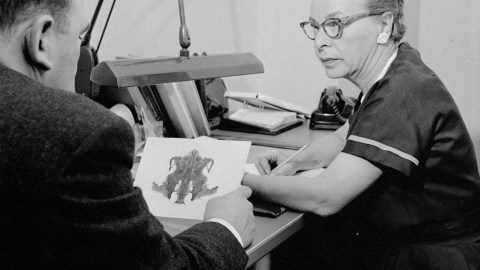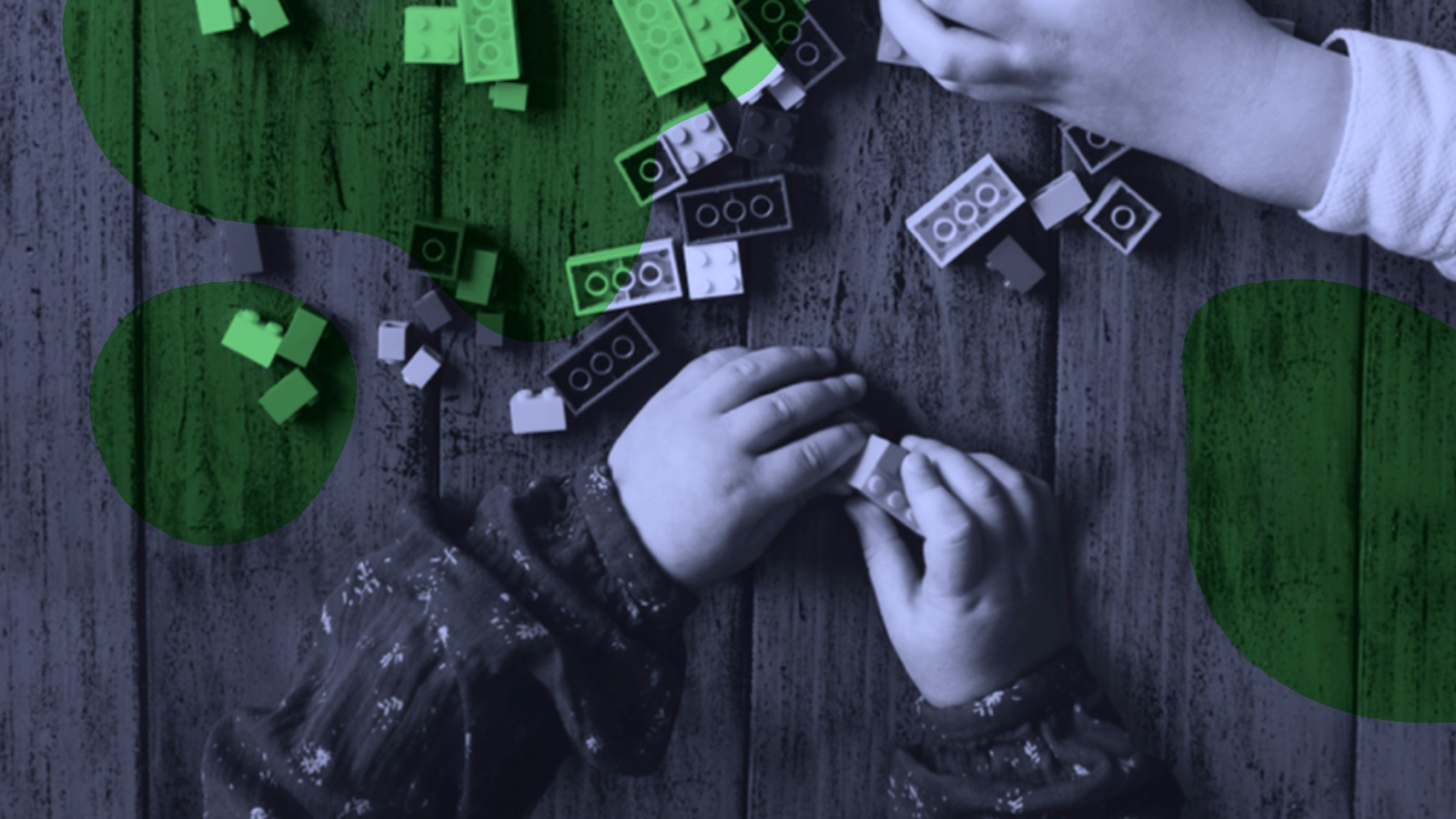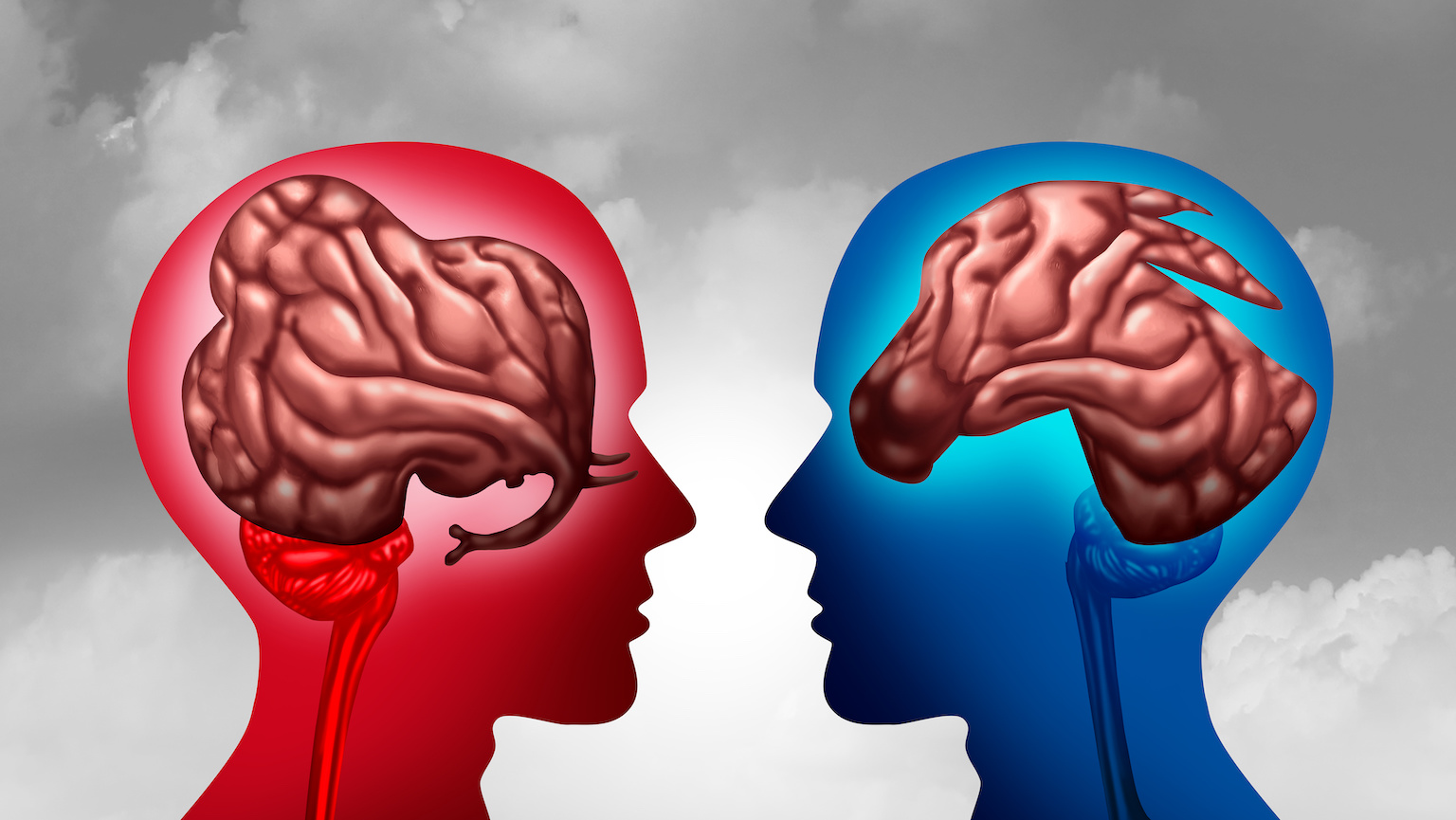Reality is your brain’s best guess

Andy Clark admits it’s strange that he took up “predictive processing,” an ambitious leading theory of how the brain works. A philosopher of mind at the University of Sussex, he has devoted his career to how thinking doesn’t occur just between the ears—that it flows through our bodies, tools, and environments. “The external world is functioning as part of our cognitive machinery,” he said. But 15 years ago, he realized that had to come back to the center of the system: the brain. And he found that predictive processing provided the essential links among the brain, body, and world.
Clark lays out the theory in a new book, The Experience Machine: How Our Minds Predict and Shape Reality, which is remarkable for how it connects the high-level concepts to everyday examples of how our brains make predictions, how that process can lead us astray, and what we can do about it. I recently caught up with the personable Clark to talk about our predictive brains. He explained, among other things, what’s behind chronic pain, why we are susceptible to misinformation, and how self-affirmation really can help improve your golf game. Clark’s insights were as bright as the multicolored shirt he was wearing.
Could you summarize predictive processing?
There’s a traditional view that goes back at least to Descartes that perception was about the imprinting of the outside world onto the sense organs. In 20th-century artificial intelligence and neuroscience, vision was a feed-forward process in which you took in pixel-level information, refined it into a two and a half–dimensional sketch, and then refined that into a full world model.
But in predictive processing, perception is structured around prediction. Perception is about the brain having a guess at what’s most likely to be out there and then using sensory information to refine the guess. Over the last 15 to 20 years, principally with the work of Karl Friston, that account of perception exploded into an account of perception, action, planning, and emotion. Maybe this is the fundamental operating principle of the brain.
If you ask what is a predictive brain for, the answer has to be: staying alive. Predictive brains are a way of staying within your viability envelope as an embodied biological organism: getting food when you need it, getting water when you need it. You can’t let your energy resources get so low that you can’t go out and eat more things to get more energy. As Lisa Feldman Barrett points out in her work, we start to feel hungry and thirsty long before the bodily resources are at that level. Likewise, if you feel thirsty and take a drink, you immediately feel your thirst is quenched, but it takes maybe 20 minutes for any real biological quenching to happen. You felt thirsty too soon, and now you feel unthirsty too soon, and that’s how it ought to work.
Will artificial general intelligence, if and when it comes, require the machine to have a stake in its own survival or some equivalent of bodily vulnerability?
I’m on board with this idea that being driven to stay within your own viability envelope is crucial to the kind of intelligence that we know about—the kind of intelligence that we are. So I think that anything that looks like an artificially generally intelligent system is going to have that, too.
The other element that I think is important, and that is not there in generative AIs such as ChatGPT, is artificial curiosity. Predictive-processing systems automatically have that. They’re set up so that they predict the conditions of their own survival, and they’re always trying to get rid of prediction errors. But if they’ve solved all their practical problems and they’ve got nothing else to do, then they’ll just explore. Getting rid of any error is going to be a good thing for them. If you’re a creature like that, you’re going to be a really good learning system. You’re going to love to inhabit the environments that you can learn most from, where the problems are not too simple, not too hard, but just right.
What are some examples of how we become aware of our own predictive machinery in daily life?
Our expectations alter the way that we experience and perceive our world. The Dress was a really interesting case. Suddenly people realized there’s a lot of hidden variety in perceptual experience. Different lifetime experiences have instilled different predictions about where the light was probably coming from when The Dress was photographed. If you think the light was artificial, you tend to see the dress as blue. If you think it’s sunlight, you’re going to see it more like white.
Even when new evidence is presented, we tend not to be moved by it.
Phantom phone vibrations are another nice example. If you carry your phone around in your pocket enough, then at some time you’re probably going to get the feeling that the phone is going off when it isn’t. There’s stuff going on in your body all the time; there are fluctuations in the sensory signals. The brain can latch onto a very small thing and treat it as phone vibration. It’s a clear and compelling feeling. It’s as strong a feeling as it is when the phone’s really vibrating in my pocket.
It seems to be going on in chronic pain—it might involve an otherwise innocent bodily signal being taken as evidence for bodily damage. Although at one time there was a standard structural cause for the experienced pain, over time the structural cause has probably diminished. The level of experienced pain should have diminished with it. But somehow the system has got locked into a prediction of that early level of pain.
We are statistically sensitive sponges. If the predictive-brain story is right, then everybody’s experience is going to be different in ways that reflect their idiosyncratic life histories. My colleague Anil Seth is running something called the Perception Census, getting people to do some tests online to probe this possibility that there’s a vast amount of undetected difference in human experience.
I think predictive processing is going to ultimately give us something like a periodic table of experiential variation: all the neurotypical and the atypical cases and everything that lies in between, and all the variety within typical and atypical. It’s just a small number of basic elements—model-based predictions, their precisions, and the flow of prediction error signals—combined differently to give you all these different experiential profiles.
To round out these examples with the most severe and tragic one, psychosis and schizophrenia, how would that be understood in the predictive framework?
Schizophrenia is a huge label. But in terms of a core thing going on, Chris Frith and Paul Fletcher suggested misfiring prediction machinery. Imagine that for some reason prediction errors are being falsely generated. At first, you would feel as if there was something odd about the world—a sense of salient strangeness. The brain has got to find a model that can accommodate these errors. Because they are being wildly generated, anything goes: control by aliens, tech corporations, the Internet. You might start to find false confirmation. If you think you’re being manipulated by the Internet, you might find messages appearing on the Internet that seem particularly salient.
Even when new evidence is presented to somebody, they tend to not be moved by it. But no wonder they’re not moved by it, because to them it is not evidence at all. They have all these strategies to reinterpret it in a way that is consistent with the model—so-called cognitive immunization.
It’s an effect that you also see in Marieke Jepma et al.’s work on pain. They showed that if you predict intense pain, the signal that you get will be interpreted as more painful than it would otherwise be, and vice versa. Then they asked why you don’t correct your misimpression. If it’s my expectation that is making it feel more painful, why don’t I get prediction errors that correct it? The reason is that there are no errors. You’re expecting a certain level of pain, and your prediction helps bring that level about; there is nothing for you to correct. In fact, you’ve got confirmation of your own prediction. So it can be a vicious circle.
Do you think this self-fulfilling loop in psychosis and pain perception helps to account for misinformation in our society’s and people’s susceptibility to certain narratives?
Absolutely. We all have these vulnerabilities and self-fulfilling cycles. We look at the places that tend to support the models that we already have, because that’s often how we judge whether the information is good or not.
Given that we know we’re vulnerable to self-fulfilling information loops, how can we make sure we don’t get locked into a belief?
Unfortunately, it’s really difficult. The most potent intervention is to remind ourselves that we sample the world in ways that are guided by the models that we’ve currently got. The structures of science are there to push back against our natural tendency to cherry-pick.
Armed with this self-knowledge, how else can we hack our predictive machinery?
Pain-reprocessing therapy works for a surprising number of people. A person suffering from chronic pain can begin to contemplate that it’s a misfiring pain signal rather than an important signal saying, “You’re about to damage your body in some way, stop!” It’s the warning light that is malfunctioning rather than your car engine. When people treat the pain as a misfiring warning light and push themselves, that feeds back, because they get evidence against the model that they had before. That seems to make the experiential pain go down.
Push back against a misplaced prediction to let the real thing emerge.
Placebo responses are another example. You are told that something is going to relieve your pain and, in many cases, that can have effects of the same intensity as an opioid. But interestingly, you may have to train the placebo. There’s a particular Parkinson’s drug, apomorphine. Once you’ve trained somebody’s brain to know how the body would respond given apomorphine, then placebo apomorphine can bring about those responses. You can’t just bring about those responses by being told, “Hey, this is a good thing for Parkinson’s.” You need to have trained the brain to predict the right set of physiological responses.
So the doctor can administer the drug and then withdraw it and replace it with a placebo?
Exactly. If you started with a placebo, it wouldn’t work.
In The Experience Machine, you suggest that self-affirmation can work wonders, too. It sounds woolly. How can it be so effective?
It’s not surprising if you’re pushing back against predictions that were misplaced. Your self-predictions are based, perhaps, on a misplaced societal picture. You’ve got to push back against a misplaced prediction to let the real thing emerge. This self-affirmation is practiced over maybe a six-month period. These are typically not effects that you get just from saying to yourself, “You know, I’m really good at this,” just before you go into an exam.
It’s not about just affirming the end point: “I’m really going to rock this exam.” It’s about expecting the trajectory on the way—the flow of feelings or actions that would constitute success. So you have to learn how it feels to be doing it right. Then, reproducing that feeling brings about the actions that constitute doing it right. It’s not going to work in cases where the right skill set isn’t already present.
I play a bit of golf. If you’re about to try and make a putt, you’ve got to know how to make a putt before thinking to yourself, “I’m going to make that putt,” is going to be helpful. For a long time, all I knew was how it felt to putt badly. If you know what it feels like to do it badly, then that’s what you predict, and that will force you to keep doing it badly. You learn your mistakes. At some point, I was taught a different way of gripping the club, and it enabled me to learn the right set of feelings—a feeling of stability that I never had before. A certain hint or instruction can artificially put your body into a position where you can experience the right set of sensations, and at that point you can start to improve in a robust and repeatable way.
How are you continuing to develop these ideas?
The thing that most excites me right now is understanding how our predictive brains ratcheted themselves up over cultural time. We’re trying to explore that using archaeological records, vision science, and so on. There was this strange point in prehistory when there was an explosion of human creativity, coming after a huge period in which there didn’t really seem to be anything much like that going on. Maybe there was a material externalization that helped get all of that going. When we write something down, draw a picture, or make a sculpture, our thoughts have become objects that we can think about. And thinking about thinking is characteristically human.
This article originally appeared on Nautilus, a science and culture magazine for curious readers. Sign up for the Nautilus newsletter.





